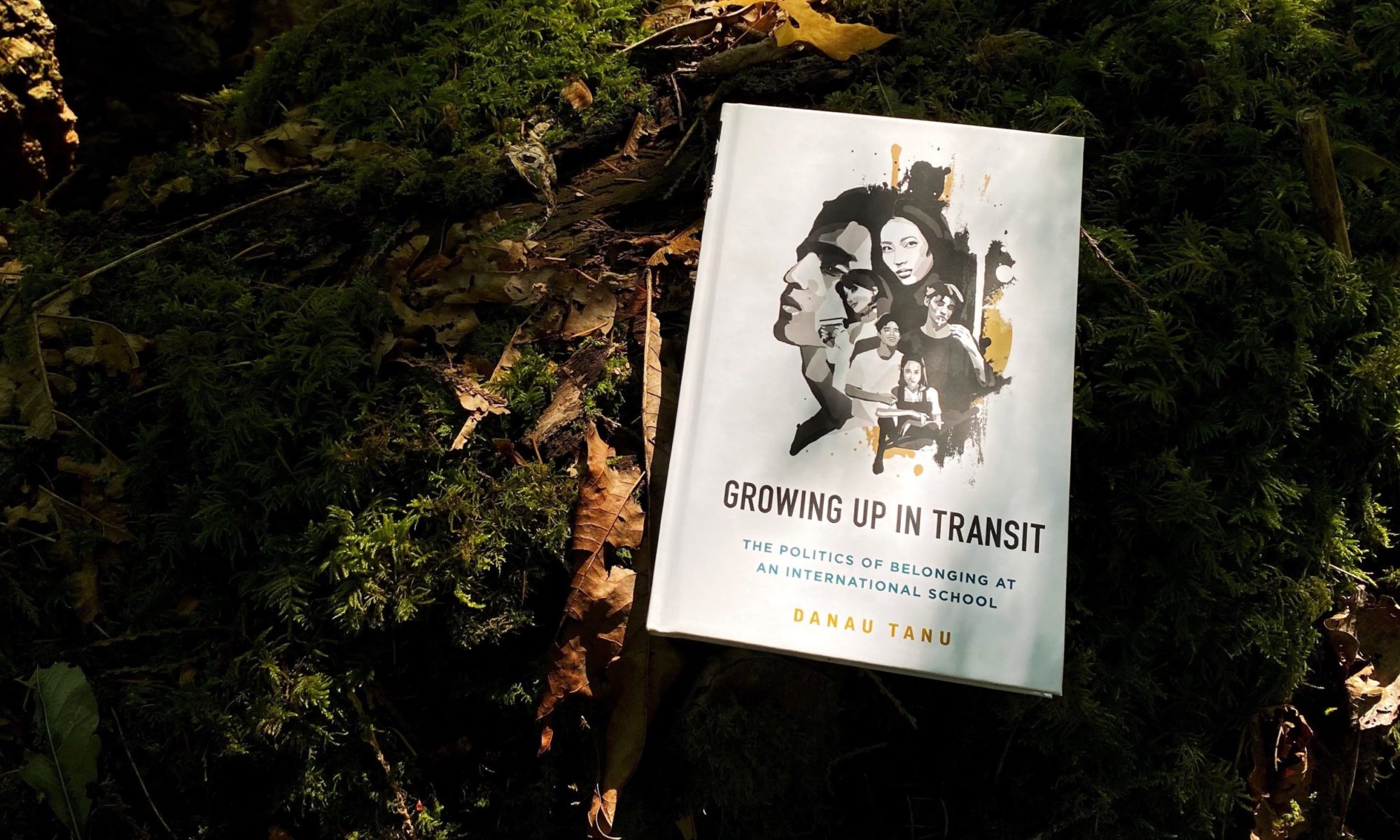27 August 2021 – This is an online handout for Training 1 for the International School of Geneva.
Australian Map of Country
Acknowledgment of Country
Slides
The slide deck from the sessions are available in PDF format.
Resources
READ
Third Culture Kids: Growing Up Among Worlds, 3rd Edition – Pollock, Van Reken & Pollock 2017
Safe Passage – Doug Ota 2014. See also Safe Passage Across Networks
Growing Up in Transit: The Politics of Belonging – Danau Tanu 2018
LISTEN
Third Culture Stories – a podcast by TCKs of Asia. Three of the episodes discusses the impact of structural racism on language and identity.
+ Season 1, Episode 3: Language & Power is an interview with an adult Korean child of a diplomat and her experience of internalized racism as a result of international schooling.
+ Season 2, Episode 1: A Foreigner in My Own Family: The Hidden Loss of Language & Intimacy focuses on the stories of three adult ‘Third Culture Kids’ and their experiences of losing their parents language and/or efforts to maintain it, as well as the deep impact it has had on their sense of identity and relationship with their family.
+ Season 3, Episode 3: Mixed Loyalties focuses on the deeper impact that structural racism and language has on identity.
The Traumatizing Gift: a Global Childhood – A TEDx Fullbright Tokyo talk by Saeko Mizuta. Saeko is CEO of the TCK Workshop (日本語), an online tutoring service for bilingual children (Japanese and English).
READ & LISTEN
Translanguaging Guides by City University of New York (CUNY)
Breakout Part 1
Q1. Describe a time when you felt seen by a teacher or any adult. Why did you feel seen?
Q2. Describe a time when you did not feel seen by a teacher or any adult. Why did you not feel seen?
ACTIVE LISTENING
Neutral, no judgment
Be attentive (nod, etc), patient (don’t fill silences)
Reflect back what they said. Use their words as much as possible. Do not interpret. Do not add your opinion.
3min storytelling + 2 min retelling each.
Breakout Part 2
Q. Describe one or two areas where you lack privilege. How has this affected you and how others interact with you? How does it affect the way you teach and/or interact with students?
Discussion
Q1. Describe one or two areas where you have privilege. How might this affect how you see students? How you teach?
Q2. Identify and describe an example of a negative narrative that is being told about students at your school. In what way are students being blamed for it? In what way are the staff contributing to the “problem” or acting as gatekeepers?
Q3. Compare the two maps of Australia (here and here). They tell stories from two different perspectives. The first map represents the dominant narrative told of Australia and is more widely known. The second map tells a story that is often missing from the dominant narrative. Can you identify the dominant narrative told in your subject curriculum or textbooks? What are the stories that are missing from the curriculum or textbooks you use?
Feedback form
It would be greatly appreciated if you could fill in the feedback form here. Thank you!
Extra resources
- Misunderstood – Tanya Crossman
- Books on Third Culture Kids and expat living as recommended by the Families in Global Transition, which was co-founded by Ruth Van Reken
- Heidi Tunberg’s pinterest boards feature an extensive collection of books and other resources relating to Third Culture Kids and their families. See also Heidi’s board for TCKs: Asian Third Culture Kids
THE STRENGTH OF WEAK TIES
Original study
Granovetter, Mark. 1973. “The Strength of Weak Ties,” American Journal of Sociology (78:6), 1360-1380.
For well-being
Gillian Sandstrom’s research
Leslie, Ian. 2020. “Why your ‘weak-tie’ friendships may mean more than you think.” In BBC (July 3).
For recruitment
How the Best Bosses Interrupt Bias on Their Teams (via Joel Laban)

2 Replies to “Diversity & Third Culture Kids”
Comments are closed.